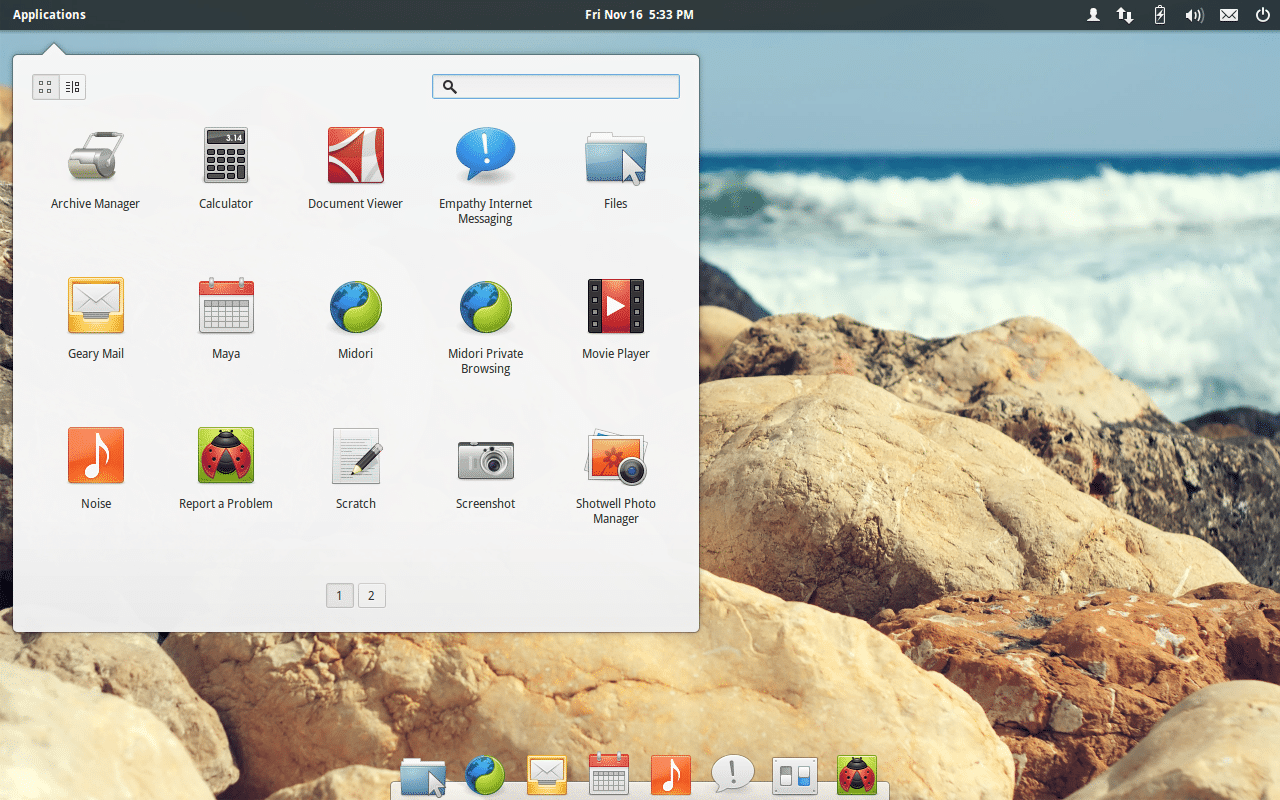
There are quite a few desktop environments for GNU / LinuxSome are forks from others, and some are created from scratch. Be that as it may, this diversity has its advantages, such as the possibility of finding the most suitable for each user, according to their needs and visual preferences.
But it can also be somewhat disconcerting when it comes to choose the right one. For those looking to choose their future desktop environment, here is a Top 10 list of some of the best desktop environments ...
Top 10 of the best desktop environments
As I always say, the best desktop environment, distribution, editor, etc., is always the one that is most comfortable for you. Therefore, do not take this Top 10 as a ranking where the first is the best of all and the tenth the but. No, it is not about that, it is simply a list with some of the best to help those who are not so clear to choose theirs. All of them have their advantages and disadvantages, and depending on what for, they may not all be the best ...
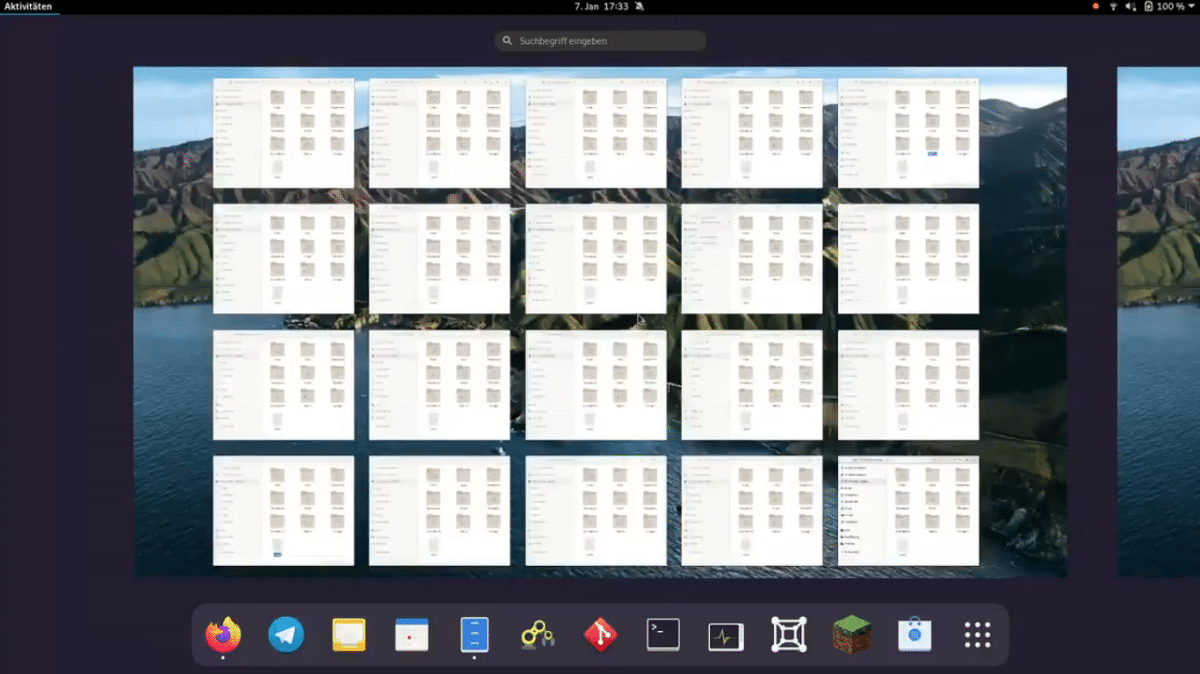
- GNOME: is one of the two big ones, along with KDE Plasma. It has been imposed as one of the defaults of many distributions. It is simple, powerful and easy to use. It offers a good experience, with the possibility of adding extensions to add functions, with Metacity as a window manager, Nutilus as a file manager, support for notifications, etc.
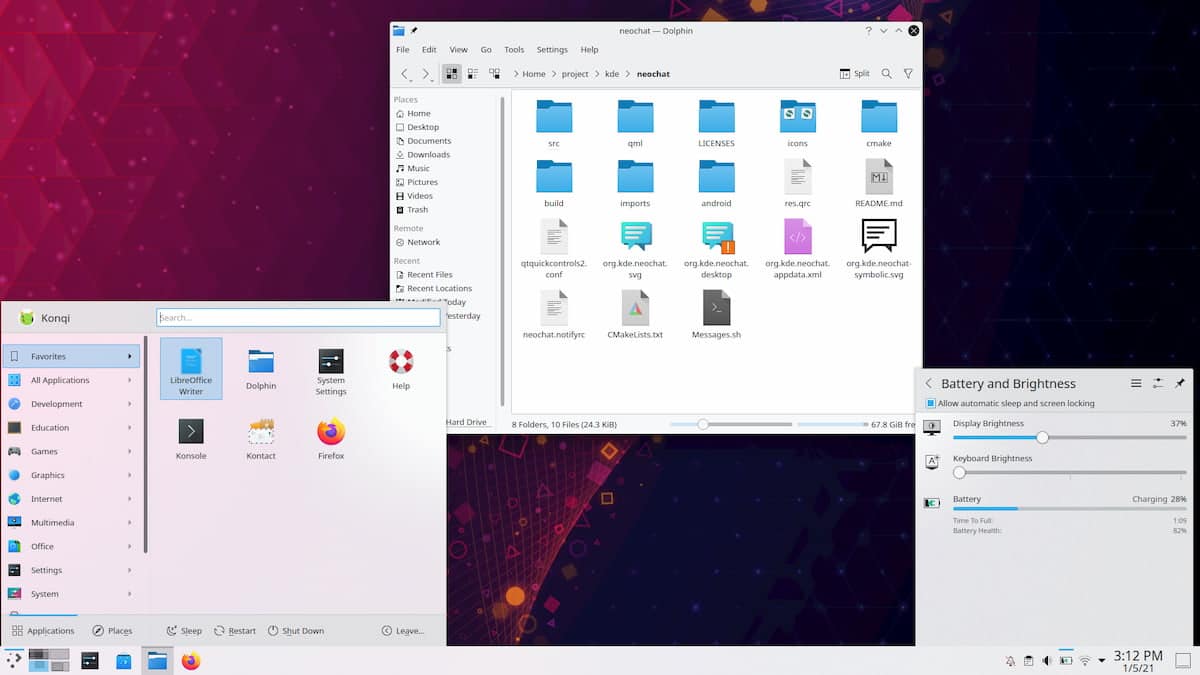
- KDE Plasma: is the other great project, being extremely light (now yes), so you can save resources. In addition, it is highly powerful and highly customizable, which is why many hackers prefer it to shape it to their liking. It has a very clean and simple interface, with Dolphin as the file manager, Kwin as the window manager, modern launchers, notifications, and great support for HDPI screens.
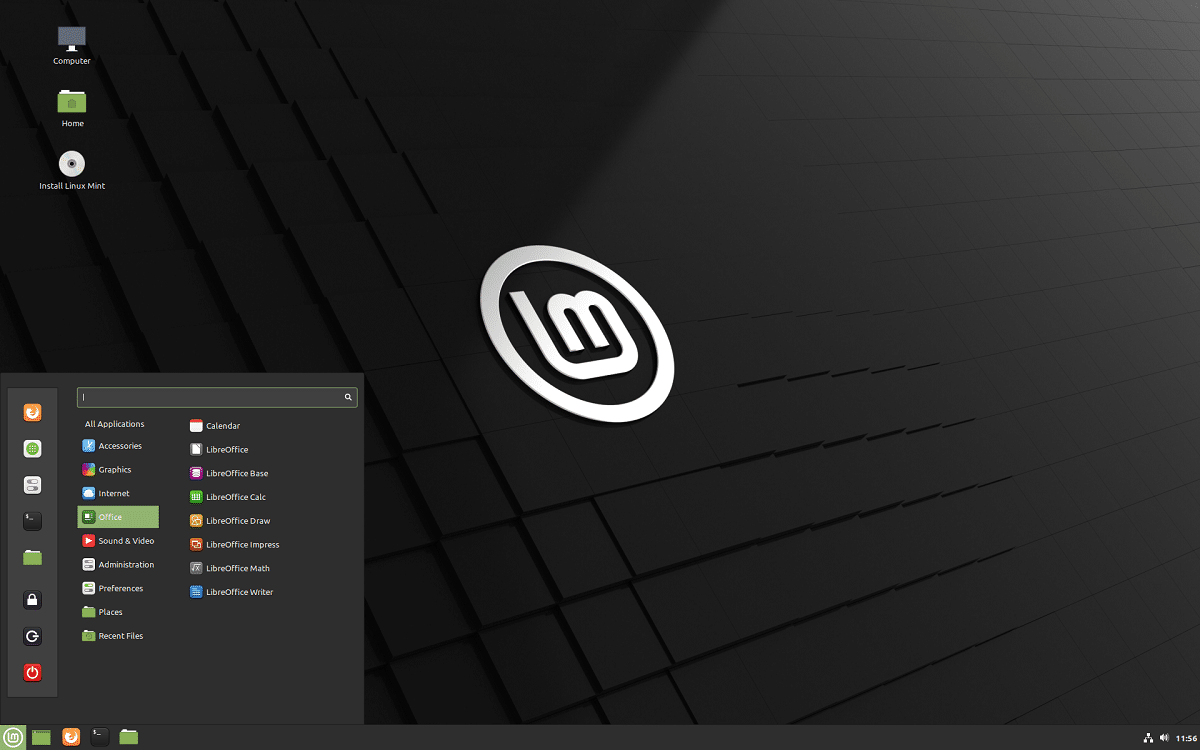
- Cinnamon: it is a fork, or derivative, of GNOME shel, therefore it shares many common points with it. In this case, it has some additions such as its menus, its settings, screen savers, etc. With MDM as a screen manager, Nemo as a file manager, Muffin as a window manager, its own session manager, and Blueberry to make it easy for Bluetooth devices.
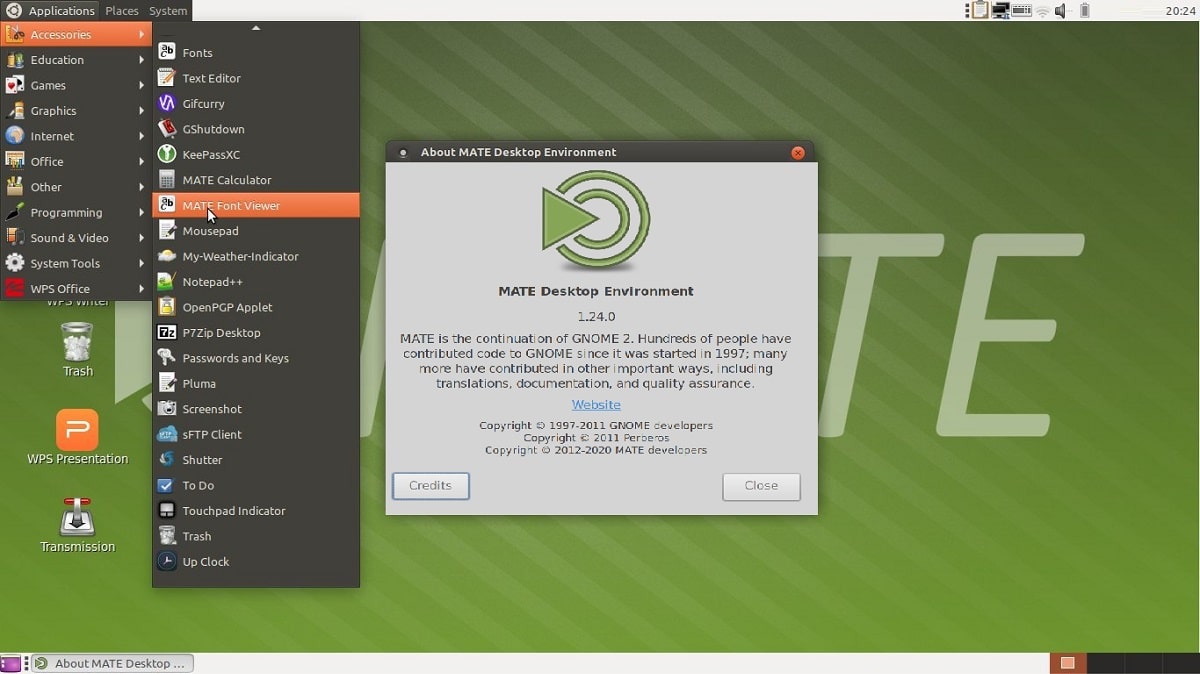
- MATE: It is also a very intuitive environment, emerging as an extension of GNOME 2. A work that also adds very practical default apps, such as the Pluma text editor, its own terminal, Box as a file manager, etc.
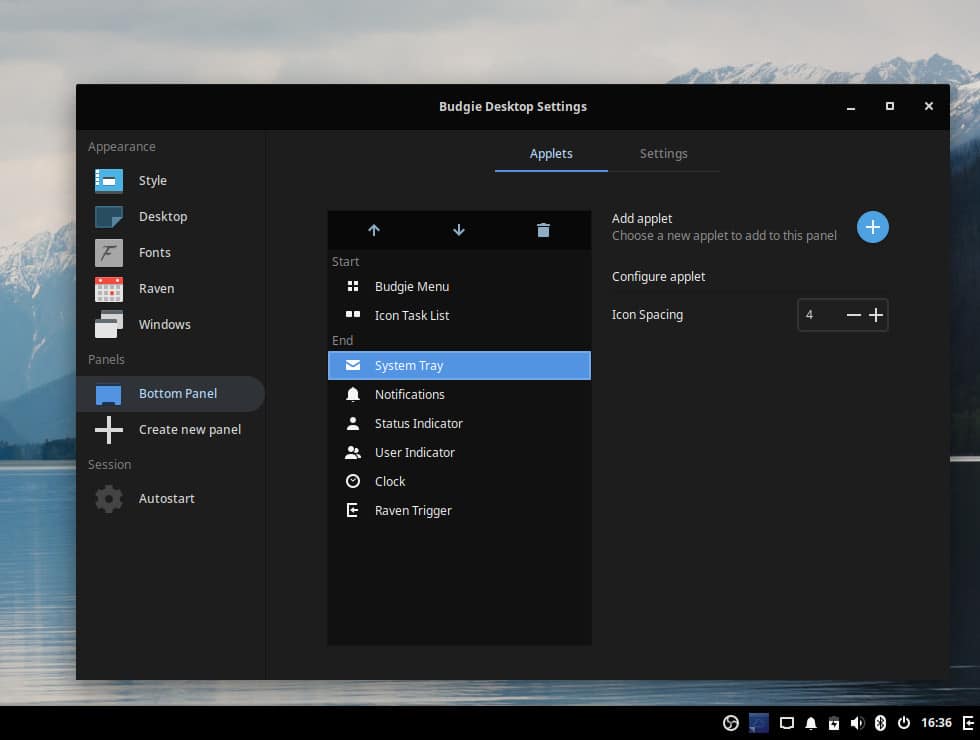
- Budgie- Another popular desktop environment developed by the Solus project that can now be installed on several different distros such as Ubuntu, Manjaro, Arch Linux, etc. It was designed to be very simple and elegant, based on GNOME technologies like GTK +.
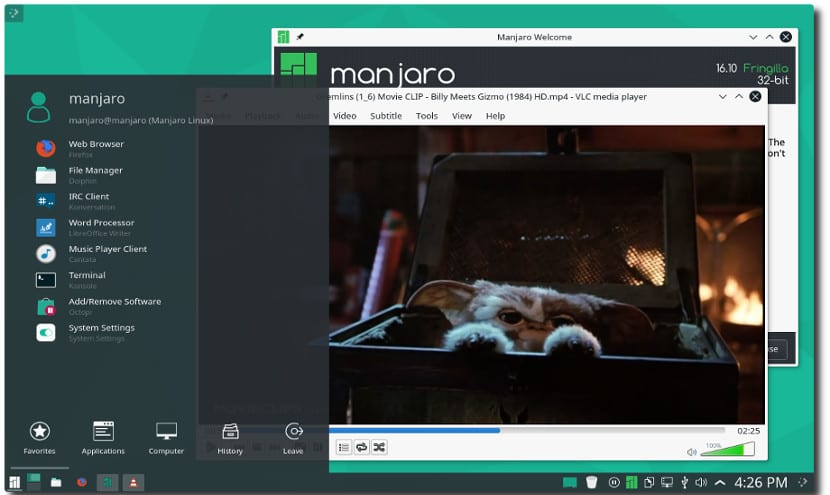
- Xfce: it is an environment with a modern aspect, and very friendly. But it stands out for the low demand for resources it has, that is, it is a light desktop environment. Ideal for those who do not want to consume many hardware resources, either because they have an older computer or limited resources. It uses Xfwm as a window manager, Thunar as a file manager, it has its own session manager, etc.
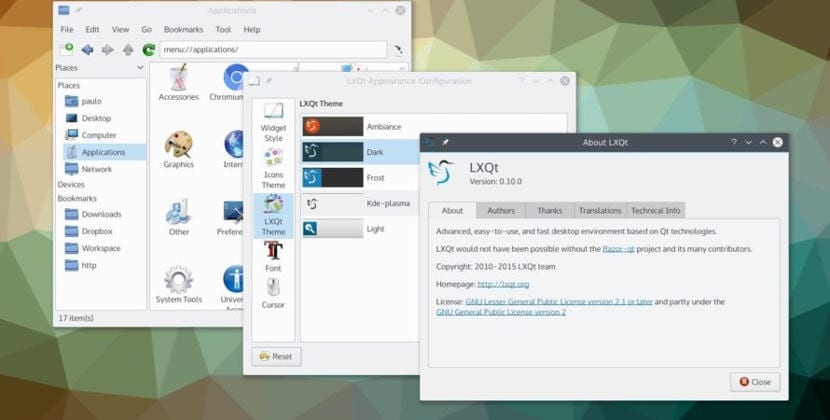
- LXQt: another light, simple and fast environment similar to the previous one. Specially designed for cloud server environments or for older machines that do not have too many RAM and CPU resources. It is based on Qt libraries like KDE, and uses pcmanfm-qt as the file manager, lxsession as the session manager, lxterminal as the terminal emulator, lxqt-runner as the app launcher, etc.

- Pantheon: is another one that has become popular in elementaryOS, although it can be installed in other distros. It is a desktop environment that tries to imitate the appearance of Apple's macOS, offering a good experience, simplicity, minimalism and careful visual appearance. It's basically GNOME with its own shell, just like Unity was. It is lighter than GNOME Shell, and integrates other proprietary tools such as Plank (dock), Epiphany (web browser9, Scratch (text editor), Birdie (Twitter client), the Gala window manager (based on Mutter).
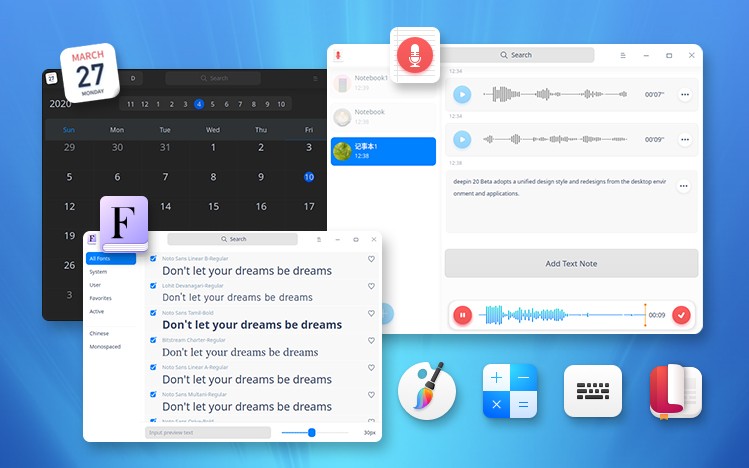
- Deepin: DDE is also a simple, elegant and productive Chinese desktop environment. Created for Deepin OS, and available for other distros. It has some similarities to Pantheon.
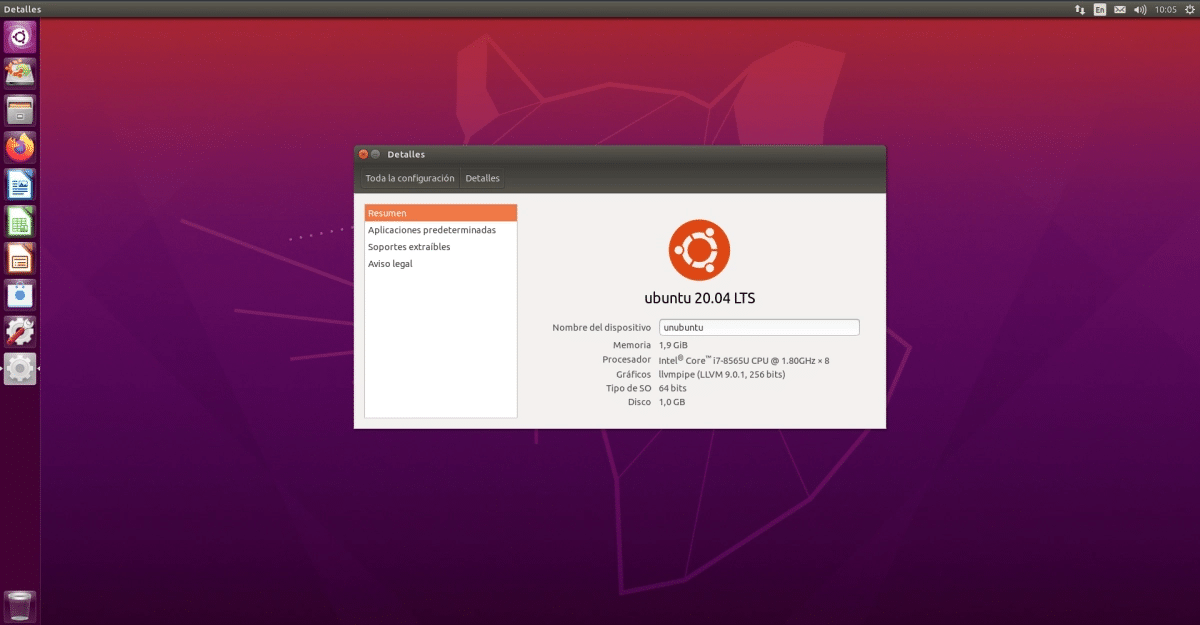
- Unity: This initiative from Canonical accompanied Ubuntu for many versions, but they have finally decided to abandon this project and use pure GNOME. Unity was a graphical Shell on top of GNOME, replacing the original Shell. But it had some tweaks that many love, that's why I wanted to include it, although it is increasingly out of use ...
Hello
You forget about LXDE for me the best by far.
All the best
CInnamon **
GNOME Shell **
Totally agree with the previous comment… LXDE is one of the most popular desktops, although it is somewhat old it is very customizable and easy to use.